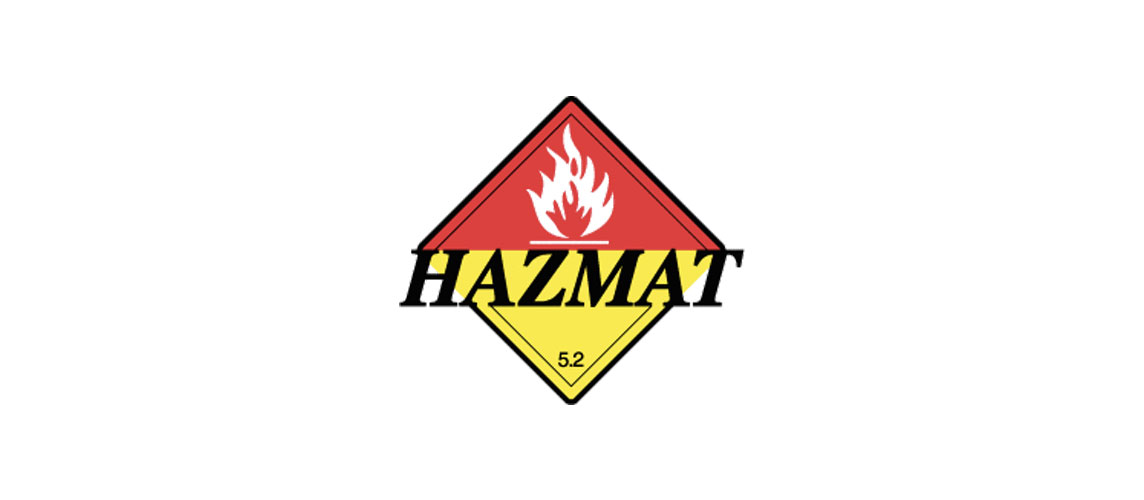Is that aircraft part that you are shipping to your customer a hidden hazmat? And are you complying with federal laws that affect the shipment of those parts? Many repair stations and air carriers ship aircraft parts that are hazardous materials, and they may not even recognize them as hazardous materials! It is important to be able to recognize hazardous materials and to package, identify and ship them correctly.
Some of the aircraft parts that can be hazardous material include:
• Fuel system components with residual fuel
• Life-saving equipment, like slides, rafts and life preservers
• Batteries, including avionics and other equipment containing batteries
• Compressed gas bottles filled with gasses like oxygen, nitrogen and carbon dioxide
• Passenger service units and smoke hoods (chemical oxygen generators)
• Actuating squibs
• Certain coatings and greases
These are just a few of the items of which you need to be aware.
Read Exceptions Carefully
There are many exceptions to the rules, but you need to careful in how you apply those exceptions. Exceptions can be narrow, and they can be limited only to certain circumstances.
We’ve seen a number of situations where companies have failed to carefully read the details of an exception and this has led them to apply the exception in the wrong circumstances or to misinterpret the conditions that apply to the exception. Maintenance professionals have misread the scope of the life preserver exception, for example, and tried to apply it to all self-inflating
When reading an exception, the first step is to ascertain the conditions when it applies. Does it only apply to shipping via certain modes of transportation? Does it only apply to certain configurations? If the exception only applies to shipments by ground, and your shipment is destined to be transported by air, then you may not be able to use that exception.
You also need to identify what needs to be done to claim the exception. For example, certain battery exceptions only apply when the battery is secured to prevent short circuits. I have been involved in hazmat enforcement cases that argued about whether the battery was adequately protected from short circuits. Don’t leave this open to interpretation – use manufacturer-recommended caps.
Training is Required by Law
When you identify a hazardous material, you need to make sure that it is shipped by a person with the proper training. Training is required under Department of Transportation regulations in the United States. It is frequently a legal requirement in other countries, too, because the standards for training have been adopted by the United Nations.
The regulations change every year (some regulations – like those that apply to lithium batteries – can change substantially on a year-to-year basis. So recurrent training is not just a legal requirement; it is also a good business practice.
Looking for an affordable hazmat class that is focused on aviation industry articles? Check out dangerousgoodstraining.net for online training that you can accomplish from the comfort of your own desk, while still having access to a live instructor who can answer your questions. The next online class is scheduled for April 5-6, 2017.
